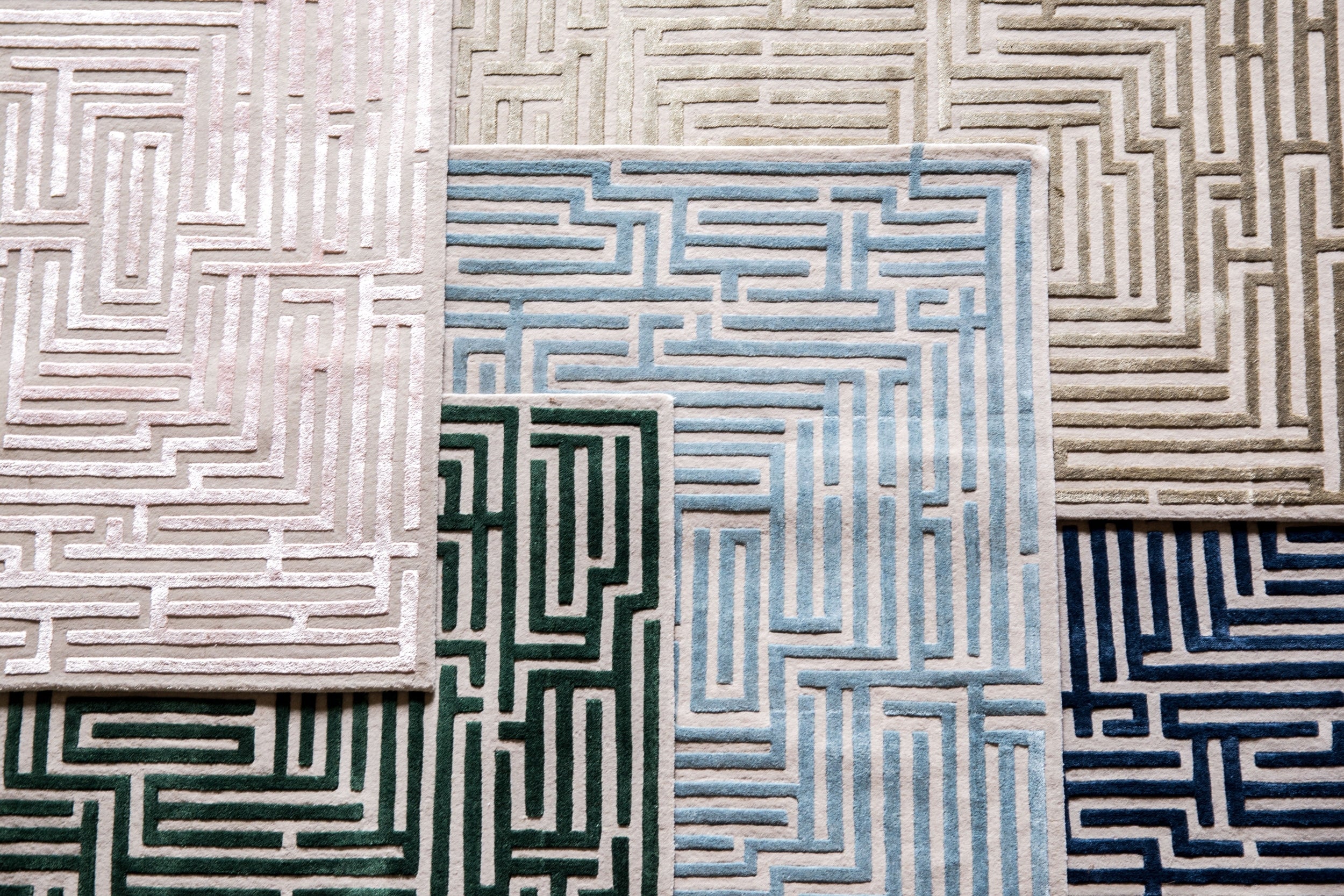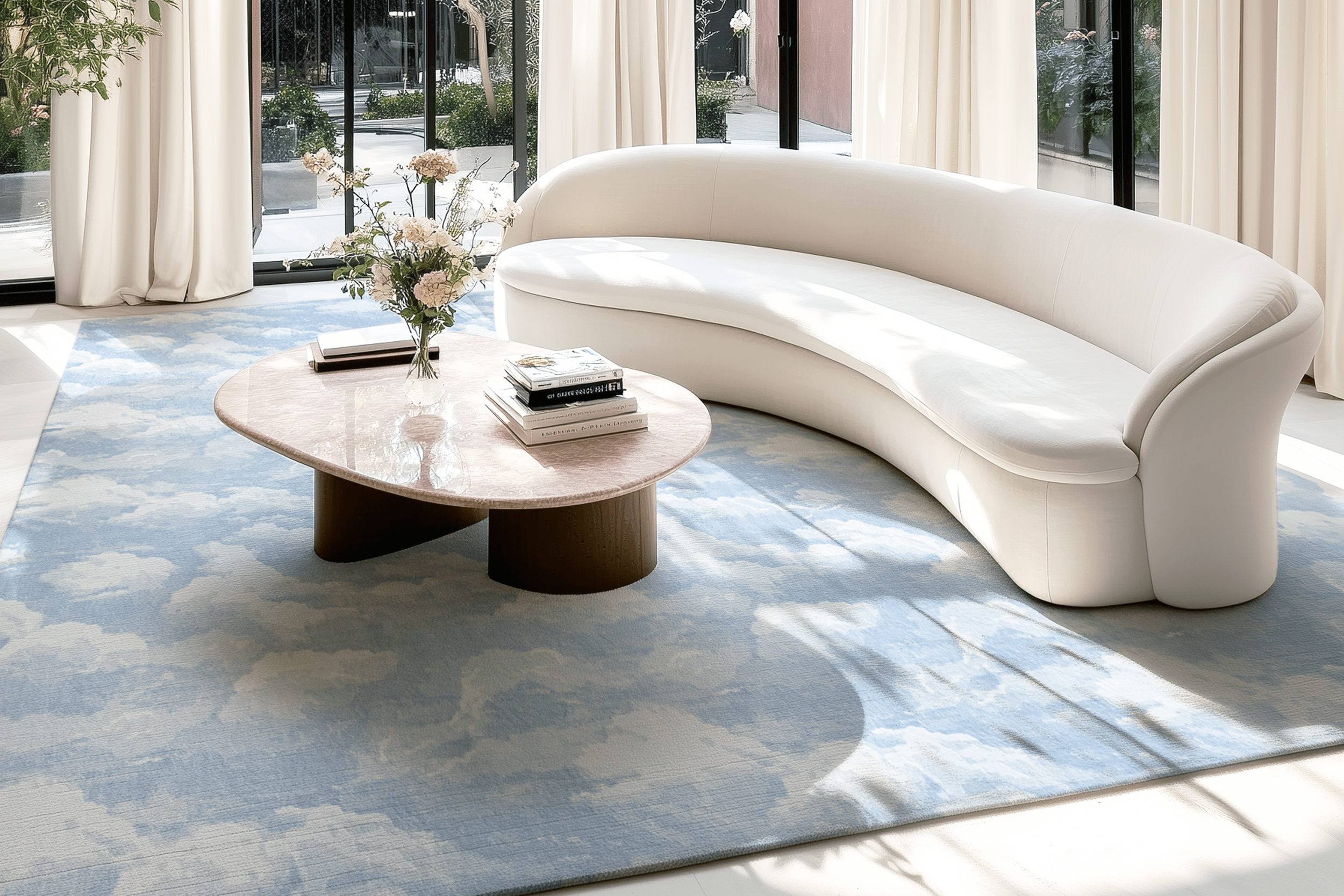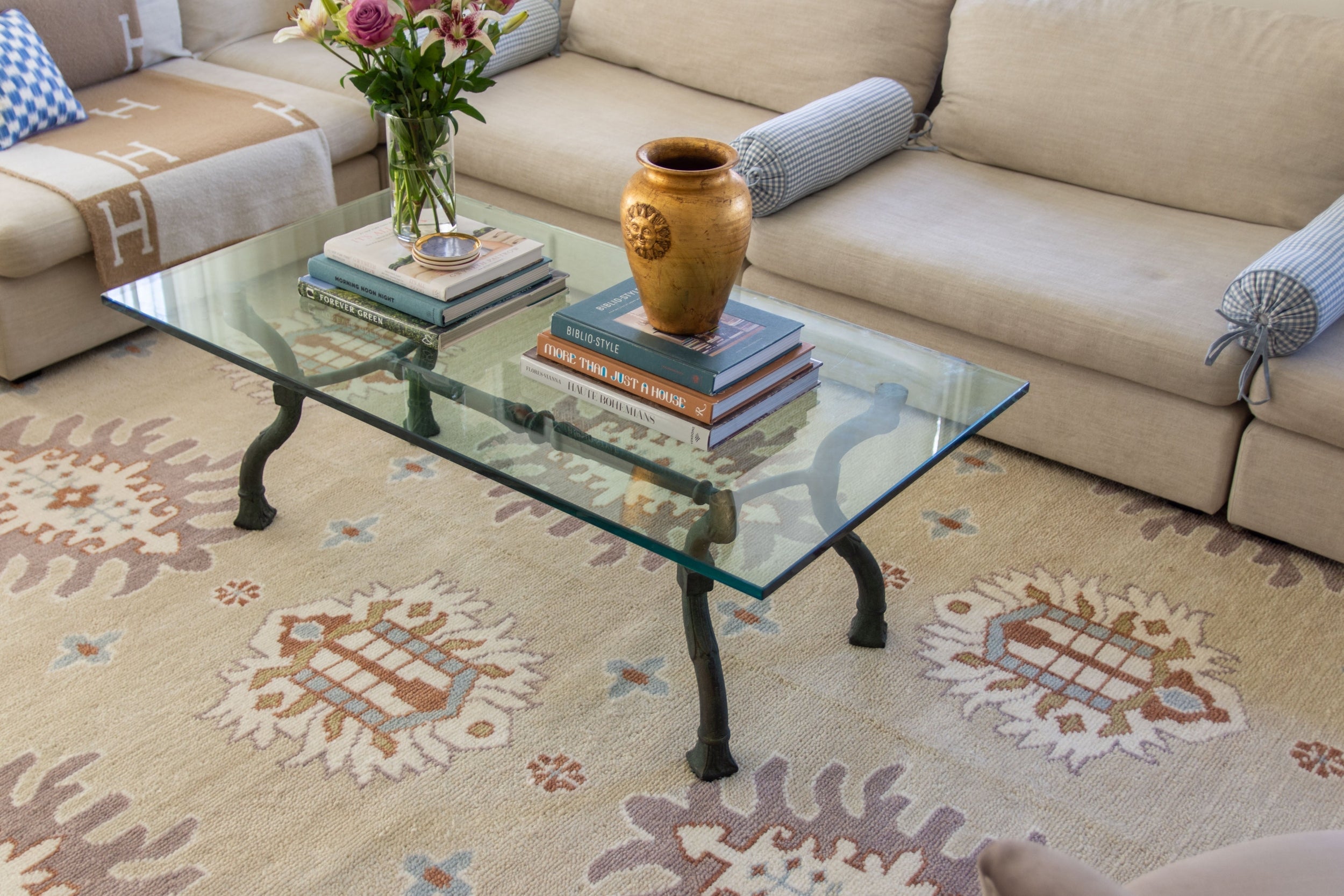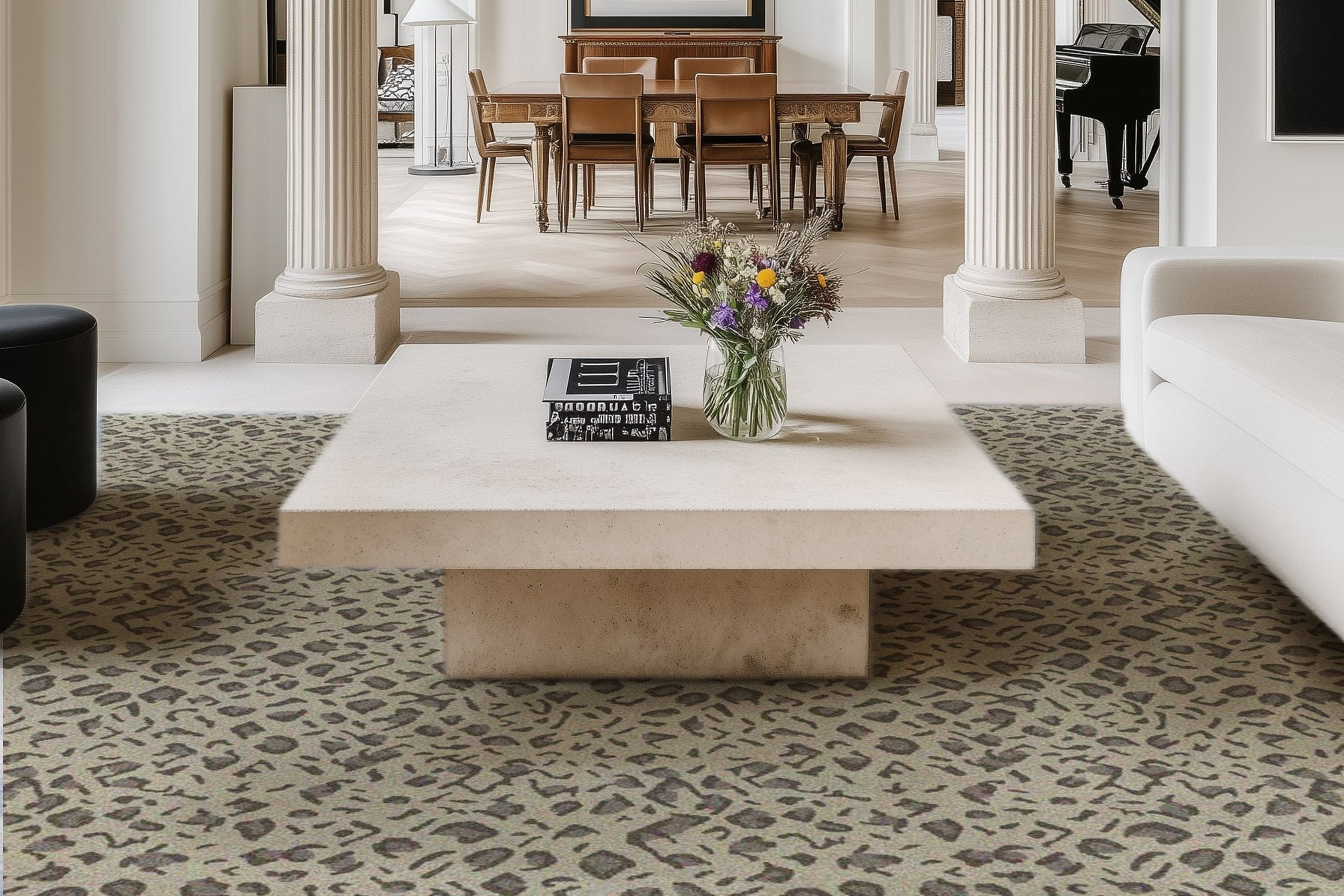How to Design Vehicle Protection That Complements Your Home

You’ve put a lot of money into your new Ford; now it’s time to give it the protection it deserves. Many people hesitate to make changes around their homes to safeguard their cars, worried it might mess with the vibe. But instead of focusing on the negatives, why not flip the script and see it as an opportunity to enhance your space?
In this article, we’re going to show you how to design a vehicle protection plan that complements your home’s style, not clash with it. It's a win/win; your car will be safe, and your home will look more stunning than ever.
Start by Considering Car Storage
A great place to start is by thinking about where you’re going to park your car. It’ll need its own dedicated spot on your property, whether that’s out front or hidden away in the garden. Take a step back and consider which location feels right without throwing off the vibe of your space.
Protection is key in this phase. You’ll want to make sure that wherever your vehicle’s parked, it’s sheltered in a way that complements the look of your property. The right cover is essential to keeping your car entirely safe, too. For example, prefab car storage could be a wise choice. These sheds come made in different materials, from sleek metal designs to more classic prefab options, making it easy to find one that matches your home’s aesthetic.
Don’t Settle for a Basic Entryway, Make It Stand Out
People will see your carport's front entrance first if you decide to place it out front. While most people would just leave it looking plain and basic as long as the car can fit in, that's not an option if you're focused on style.
There are a bunch of impressive entryway designs you can adopt. The layout of the front door should have a particular style; something minimalist could do the trick. Try to incorporate it into the roof plan so they blend in nicely together. A clear and marked path for the car to drive into also brings some organization to the space.
Go With Durable and Visually Appealing Roofing Options
The roof you choose will be your vehicle's ultimate protector, but people can also see it. That means you'll want to choose strong and visually appealing materials that draw attention to your property.
Expect to spend between $4 to $11 per square foot on the roof of your building. Luckily, it won't be as big a job as your actual property, so the cost will be significantly lower. With the materials, be careful not to go all in on the looks; you'll want a healthy balance of allure and durability. A lot of people use asphalt because it's cheap, but their level of resilience is questionable. You're better off going with something like slate; it has a pleasing appearance and is very strong. How much you'll spend will depend on your supplier, but typical installation costs range between $5,800 and $30,000.
Opt for Your Preferred Car Cover Type
Design is one thing, but you'll also have to determine what type of car cover you want. When we refer to 'type,' we're talking about the appearance of the building once it's completed. The main types available are wall-mounted, cantilever, and freestanding designs.
First, let's look at the wall-mounted option. These are fixed along one edge of your house; it's like an extension of the property rather than it being alone on the grounds. The opposite of these are freestanding builds, which aren't supported by any other building; it's just the structure by itself. Finally, you've got a cantilever; in essence, this is a horizontal protector held up by a wall, but on the other side, it's open.
Know the Building Rules in Your State Before You Get Started
Every state will have its own laws when it comes to building a structure for vehicle protection. After you've put together your plan, you should consult the local authorities to see the rules for this kind of build. There might be something written that limits your ability to pull off your project.
Most likely, you'll need to get your hands on a permit to start construction. This will help you avoid having any issues down the line with building codes, and if you ever sell your property, the process will be a lot easier. These regulations can be tricky to understand for the everyday person, so it's advised to seek assistance from a professional who knows the system.
Decide on a Color That Aligns With Your Home’s
The color of the building will have to align with the shade on your property, or it's going to look totally off. Take a proper look at the color you've painted your home and see if there's an opportunity to match them up. It could be time for an all-out change if you don't think there is.
You don't have to choose the same color you've painted on the house. It can be two tones that complement each other. A few popular ideas that you should consider could be rustic red and cream, green and white, neutral brown and cream, or blue and white. The great thing about colors is you can always make a change, so don't be afraid to play around with some and see what works best.
Protect Your Vehicle in the Most Stylish Fashion in a Way That Ties in With Your Home’s Design
When you purchase a vehicle, you're making an investment that deserves to be cared for; after all, you want it to last. Spending a little extra on protection isn’t just a smart move; it’s a must. But that doesn’t mean it has to compromise the beauty of your property. In fact, with the right approach, you can use this opportunity to enhance your home’s curb appeal even more.
If you follow the pointers in this guide, you'll be on the right track to protecting your vehicle in the most stylish fashion that ties in with your home's design.
Browse by Category

Design Projects
Explore interiors from client work and personal renovations — layered, livable, and always in progress.
read more →
Collaborations
From product launches to styled spaces, discover the brand stories I’ve helped bring to life.
read more →
The Notebook
A growing archive of iconic designers, inspiring artists, and unforgettable design moments.
read more →
Travel by Design
Wander with a designer’s eye — from charming hotels and city guides to visual inspiration abroad.
read more →




